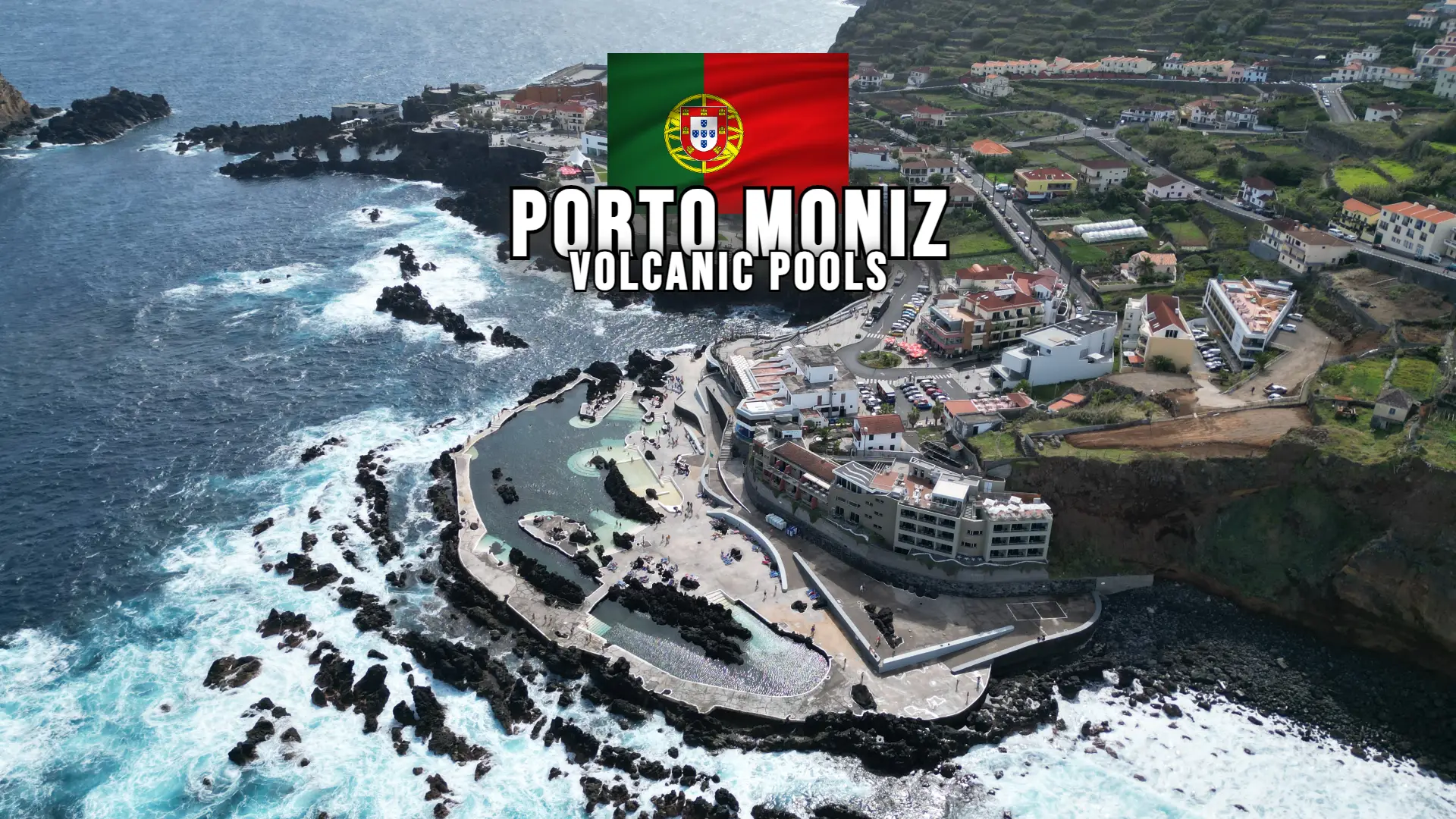Paris is famous for its food, galleries and landmarks, but there are also some less desirable effects, such as heavy business, poor air quality and, most notably, a lack of green space. But all that is about to change, as the “Fashion Capital” welcomes the mother of all change, and who will see it as a challenge for the title of Europe’s greenest megacity.
How green is Paris?
Still, it’s enough green areas if there’s one thing Paris doesn’t have. Only 9.5 of its land is devoted to auditoriums and green areas, lower than any other major European megacity. At 33, London wins three times, while in Oslo, 68 of the megacities are green spaces. Paris not only wants to get off the bottom of this league table, but is also in the running for the title.
| City | % of Green Area |
| Oslo | 68% |
| Vienna | 45% |
| Zurich | 41% |
| Stockholm | 40% |
| Helsinki | 40% |
| Rome | 38.9% |
| London | 33% |
| Dublin | 26% |
| Lisbon | 22% |
| Edinburgh | 19% |
| Brussels | 18.8% |
| Moscow | 18% |
| Warsaw | 17% |
| Amsterdam | 13% |
| Milan | |
| Barcelona | 11% |
| Paris | 9.5% |
Paris Plan to become 50% Greenest
By 2030, it plans to have planted areas covering half of the megacenter – everything from rooftop auditoriums to entire new facilities. In total, it plans to add more trees over the next five times.
Various systems are being put forward to help achieve this goal, but one type of system stands out above the rest. The Champs- Élysées, the most notorious road in the megacity, is scheduled to be converted into this civic theater. It involves removing the carriageways and replacing them with green spaces for pedestrians, adding “tree canopies” to improve air quality, and introducing dedicated bike lanes. That’s a lot of work that needs to be done around one of the megacity’s most important landmarks, a busy hive of effort by more than 150 times.
As well as connecting the Arc de Triomphe to the Place de la Concorde, the boulevard offers some of the megacity’s elegant stores, theaters and caffs, and regularly hosts events such as the Bastille Day procession. In normal times, i.e. not in the middle of an epidemic, hundreds of thousands of people a day would come then, and it’s not exactly unpopular.
So why the big facelift?
Well, it may be a hit with hikers, but the locals are no longer so enthusiastic. numerous residents now shun it, claiming that the old street has lost its splendor and artistic significance, merchandise that “would have been unbelievable many decades ago.” Independent businesses have been replaced by large chain stores, and air pollution has been a major problem, with thousands of vehicles passing through every day – nitrogen dioxide situations are then double the limit set by the World Health Organization.
Pedestrianizing much of the expressway would halve the quantum of business and dramatically improve air quality. Previously, the Champs- Élysées was closed for one Sunday a month, along with the first four arrondissements, opening up a vast area of the megacenter to only climbers. It is hoped that the new project will attract more Parisians back to the promenade and encourage other original retailers to set up store, reinvigorating the megacity’s artsy neighborhood.
How much will be invested in Paris?
The USD$300M scheme is part of a broader plan to make Paris greener, with lower buses and better air quality, although work on the Champs- Élysées will not begin until after the 2024 Olympics. In the meantime, other analogous systems are to begin working throughout the megacity, including one that will improve the biggest magnet of all, the Eiffel Tower. Then, a new demesne will be erected around the base of the iconic structure, transforming more than 100 acres of land into one of the largest areas of public green space in total Paris. Now, this part of the megacity is once relatively lush, but many people find the current park overcrowded and inaccessible, which is why the decision was made to revise and expand the being auditoriums.
Extending further afield, the plan involves building a “green amphitheater” at Place du Trocadero across the swash and converting the Point d’Iéna into a street theater, although this idea has not gone down so well in London. In addition, several civic woods are popping up around the megacity, including outside the Hotel de Ville, City Hal, and the Gare de Lyon train station. Paris has gone green in other ways, too.
The World’s Largest Urban Farm
By 2020, the world’s largest civic ranch opened then, about seven percent of the megacity is going completely car-free, and almost half of the road parking spaces are being removed. That’s about all of it. All of this sounds like great news for the people of Paris. It will really make the French capital a more desirable place to live and visit when it’s all finished. But not everyone is happy with the idea. Some groups of motorists are annoyed that they will have less room to drive and situate themselves in what used to be a very congested megacity – especially for the original people who calculate on their buses to get around. The idea, of course, is that these measures will ultimately reduce traffic and encourage people to use other forms of transportation.
The fact is that Paris has been under pressure to act for some time, and not just because of poor air quality and business. It demanded that it clean up before the Olympics, and it was then that the transnational convention on climate change, the aptly named Paris Agreement, was signed in 2015. It wouldn’t have looked great if the megacity where such an important agreement was made had done nothing to attack its veritable problems with business, pollution, and lack of green space. It is certainly a move that will hopefully inspire other metropolises to embark on a green bell epoque of their own.








